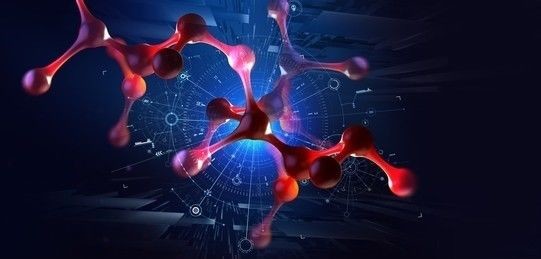Analysis of Structure-Activity Relationships in Herbal Medicines
Inquiry
The lack of clarity in the mechanism of action of herbal medicines has, to some extent, limited their application. The structure-activity relationship (SAR), which emerged with the advent of medicinal chemistry, is the study of the relationship between a drug or a similar chemical structure and its activity and the study of the distribution, structure, size, and steric arrangement of the functional groups of a compound and its binding to receptors on the body's cells to exert pharmacological effects. The development and design of new drugs are one of the main focuses of drug research, and the study of SAR can promote the rapid development of herbal drugs and is a crucial way to develop innovative drugs with independent intellectual property rights. Lifeasible can use modern science and technology to conduct an in-depth analysis of the pharmacological basis, mechanism of action, and SAR of herbal drugs.

Flavonoids
Flavonoids are widely distributed in nature, and about 20% of all herbal medicines contain flavonoids. The basic structure of flavonoids varies from one group to another, as does the structure of the same group of flavonoids. However, the clinical use of flavonoids is limited by their poor solubility and low bioavailability. We can therefore modify the structure of naturally occurring flavonoids in a semi-synthetic manner to improve their poor solubility and make them available for pharmaceutical use. This method also has the advantages of abundant raw material sources, few chemical synthesis steps, and relatively low production costs.
- Biological effects between flavonoid monomers and SAR analysis. We generally use fluorescence spectroscopy, circular dichroism spectroscopy, and molecular simulation methods.
- Biological effects and SAR between different flavonoids. We generally use spectroscopic methods, electrochemical methods, and molecular simulations.
- Biological effects of different flavonoids interacting with DNA and SAR. We generally use spectroscopic and electrochemical methods as well as molecular simulations.
Iridoids
Iridoids are monoterpenes with various important pharmacological activities and complex SARs, which are abundant in nature. By analyzing and summarizing the structures and SARs of iridoids, we can fully explore their multi-target modulation mechanism of action, improve their bioavailability and drug activity, and provide an essential way for you to develop new drugs.
- For C-6 derivatives, C-8 derivatives, C-10 derivatives, sugar-reactive derivatives, and glycosidic derivatives, we can analyze the SAR of their pharmacological activity through in vivo and in vitro pharmacological activity evaluation, including cytotoxicity assay, anti-inflammatory activity assay, and immunoadjuvant activity assay.
Anthraquinone derivatives
- SAR on the antibacterial activity of anthraquinone derivatives
- SAR on the anticancer effect of anthraquinone derivatives
- SAR of anthraquinone derivatives on immune function
In addition, Lifeasible has in-depth analytical solutions for SAR of diterpenoid alkaloids; please feel free to contact us for information.
For research or industrial raw materials, not for personal medical use!
Related Services

